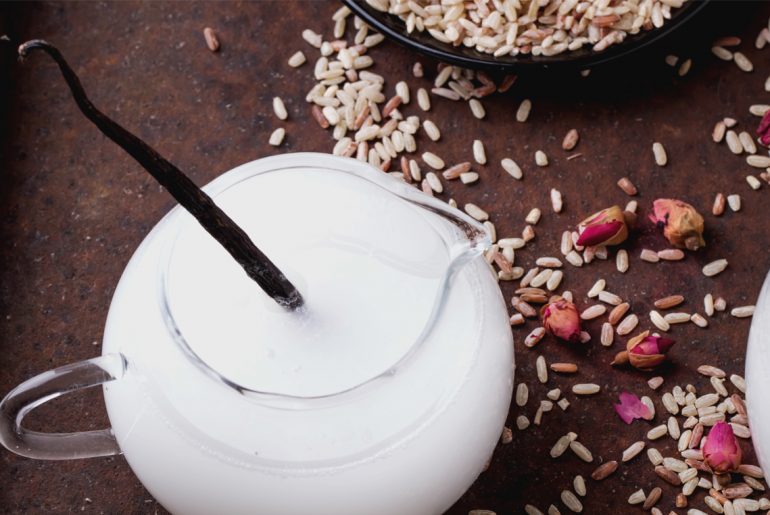Just a decade ago, milk really only meant one thing: moo-juice. It was white. It came from cows. Sometimes it was chocolate or 2 percent or whole. But our interest in the stuff really stopped there.
These days, everything has changed. A new milk substitute flashes on the scene every few years claiming to be the perfect product for vegans, dieters, hipsters or what-have-ious, and we all give it a glance. While these non-dairy, plant-based milk alternatives can be a real convenience for those who are lactose intolerant, allergic or ethically opposed to cow’s milk, the high number of modern options has left everyone a bit confused.
Cow’s milk has been long recommended as part of a healthy diet. It provides several vital nutrients like vitamins D, B2 and B12, calcium, potassium and phosphorus. But the truth is, many of these milk substitutes aren’t really milk at all. Instead, seeds, nuts, beans and other foods are ground with water then mixed with nutrients, sugars and thickeners to create a milk-like consistency. This means that each type of milk undergoes a completely different process, and therefore has a completely different nutritional profile.
No dairy-free milk is flat out bad or best for you. There are all kinds of things to consider, from water-intensive almonds, to the safety of soy, but let’s focus on the bare basics — nutrition. A good rule of thumb is to avoid any milk that has added sugars and look for one with at least 30 percent of your calcium and a quarter of your recommended vitamin D.
Here are the pros and cons of 7 milk substitutes:
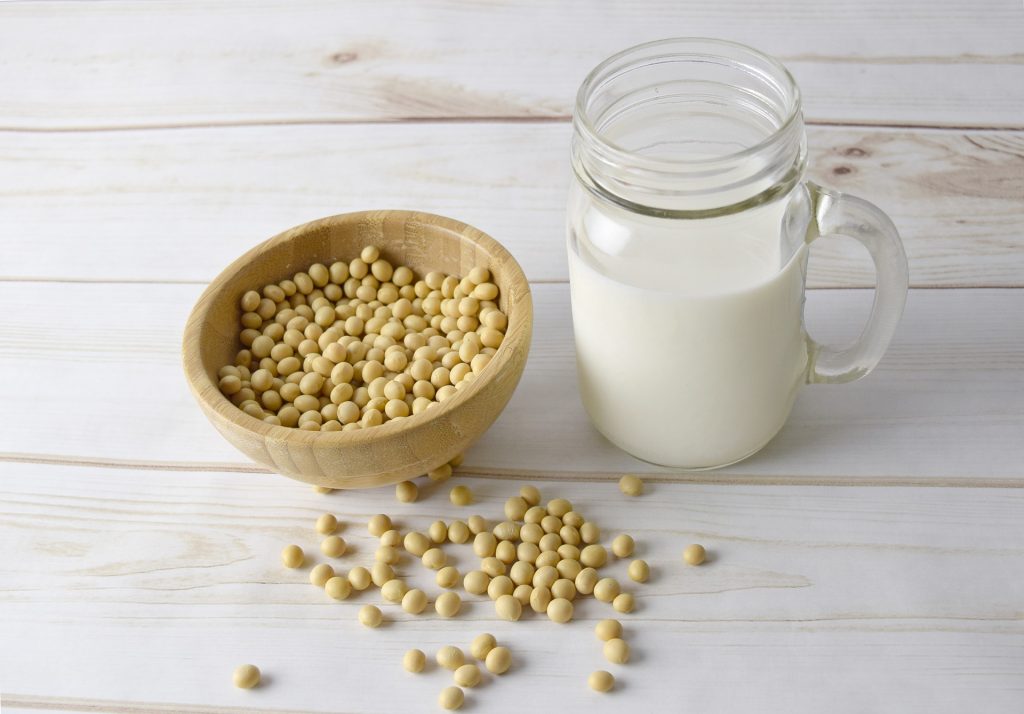
Soy milk
Pros: Soy milk is made from ground up soybeans. It’s popular and easy to find in just about any supermarket. Soy has the closest nutritional profile to cow’s milk, and of all the substitutes, it has the most protein — about 8 grams and about 80 to 130 calories per cup. It’s lactose-free and also the most nutritional dense overall.
Cons: The slightly bean-tainted flavor can take a while to get used to. Also, because soy can mimic the activity of estrogen in the body, in the past there has been concern that it might increase the risk of breast cancer, but research has shown that soy likely does not contribute and may, in fact, help cancer survivors. Ask your doctor if you have concerns.
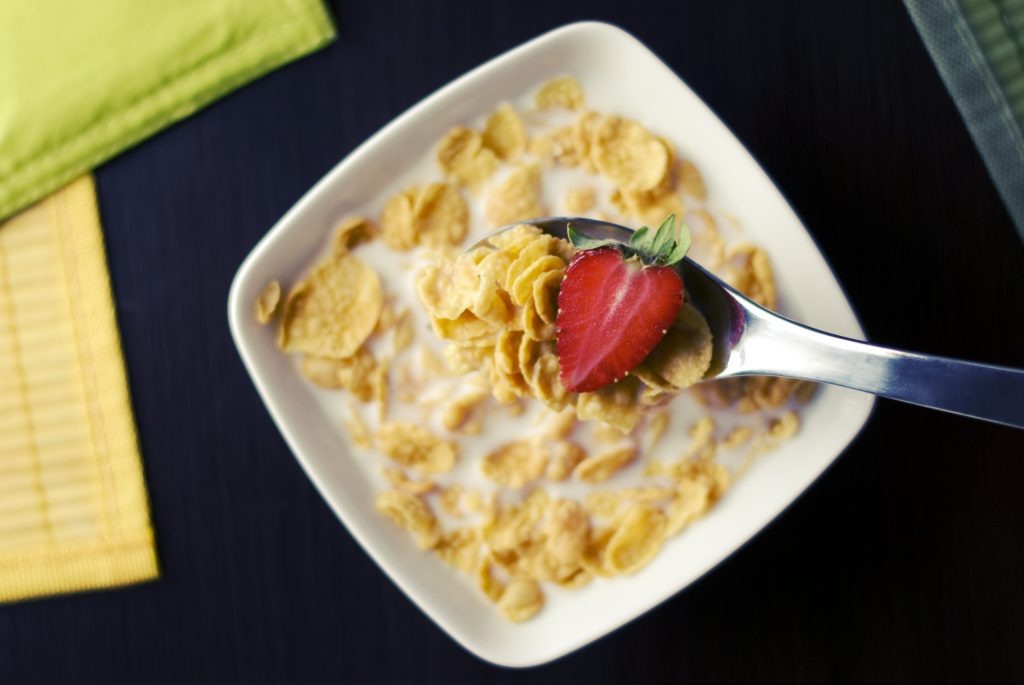
almond MILK
Pros: Almond milk has fewer calories than other dairy alternatives. Unsweetened varieties only have 30-50 calories per cup, and no saturated fat. Almond milk is also easy to DIY. You can soak your own almonds, then mix them with water, and strain through a cheesecloth for the finished product — although you miss out on the fortified nutrients this way.
Cons: It’s naturally low in protein, so producers tend to fortify it, adding calcium and other nutrients as well. It also tends to taste like nuts, so if you’re not looking for that flavor, you’ll need to look elsewhere.

coconut MILK
Pros: The kind of coconut milk that is considered a milk substitute is different than the stuff you find in a can, and it’s not the coconut water you’re familiar with either. Coconut milk is made from coconut cream, and an unsweetened cup contains about 46 calories.
Cons: It’s high in saturated fat and doesn’t have any natural protein making this one not a long-term substitute.
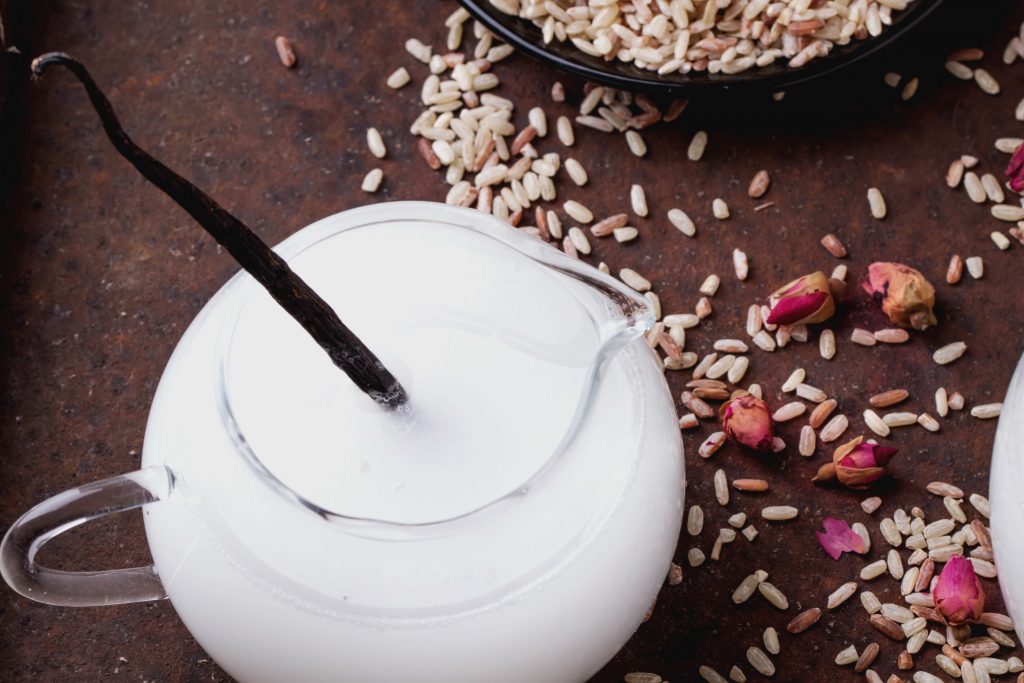
rice MILK
Pros: Because its made from rice, and it’s nut and soy-free, rice milk is a common choice for people with food allergies. It has about 70 calories per cup, and it’s low in fat (only about 2 grams per cup).
Cons: Unfortunately, rice milk fans only get 1 gram of protein per cup, compared to about 8 grams in traditional cow’s milk.
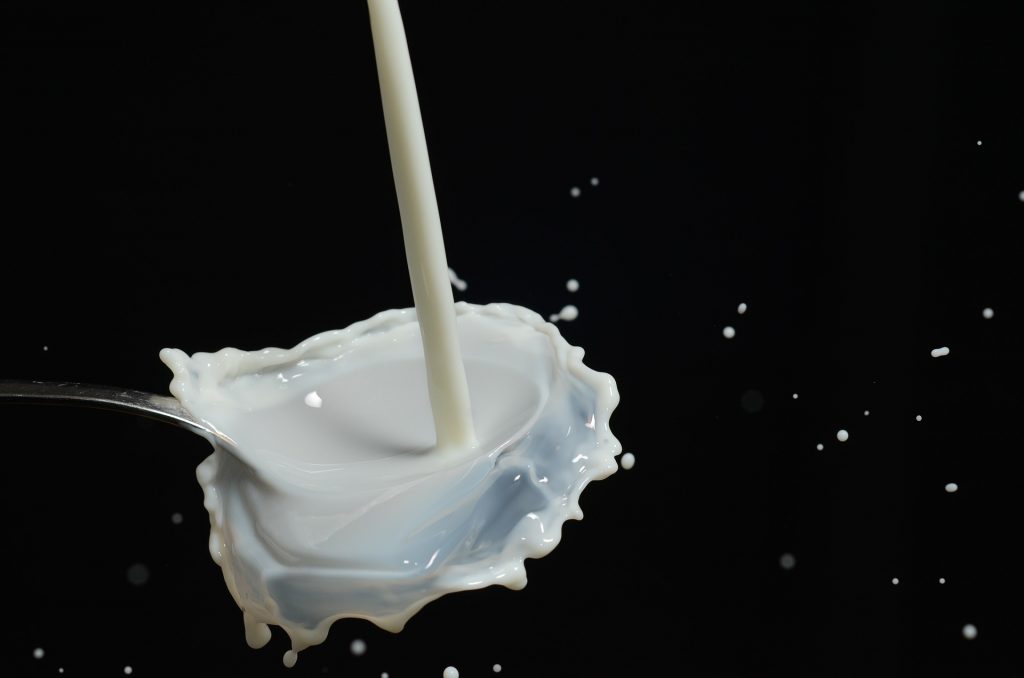
Hemp and flaxseed milks
Pros: Hemp and flaxseed milks are unique in that they deliver omega-3 fatty acids — often lacking in vegan diets. A hemp/flax blend only has about 46 calories per cup.
Cons: Neither of these milk substitutes in a good source of protein. You can count on about two grams per cup in hemp milk, and zero grams in flax milk. These milks are also both pretty hard to find unless you live near a Whole Foods or specialty store.
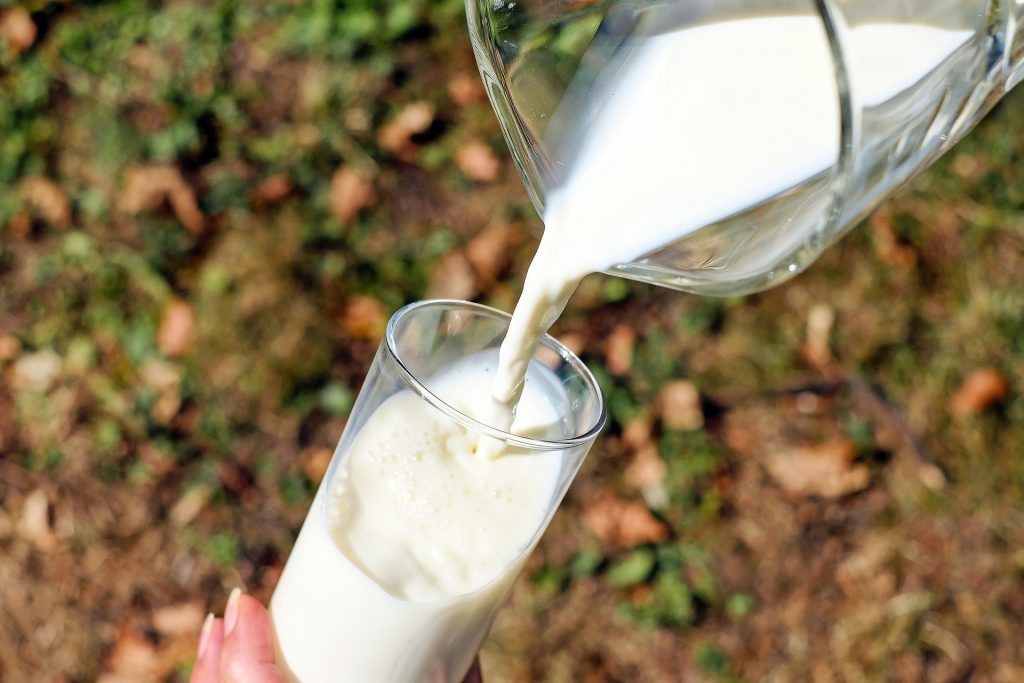
cashew MILK
Pros: Cashew milk is pretty comparable to almond milk in calorie and fat content, and it actually has about 50 percent more calcium than cow’s milk without the added saturated fat.
Cons: The biggest problem is the flavor. It’s undeniably nutty. While this can technically fall in the “pro” column if your a nut fan, there are, of course, recipes and beverages you might prefer to not taste like cashews. It’s also low in protein — typically about 1 gram per cup.
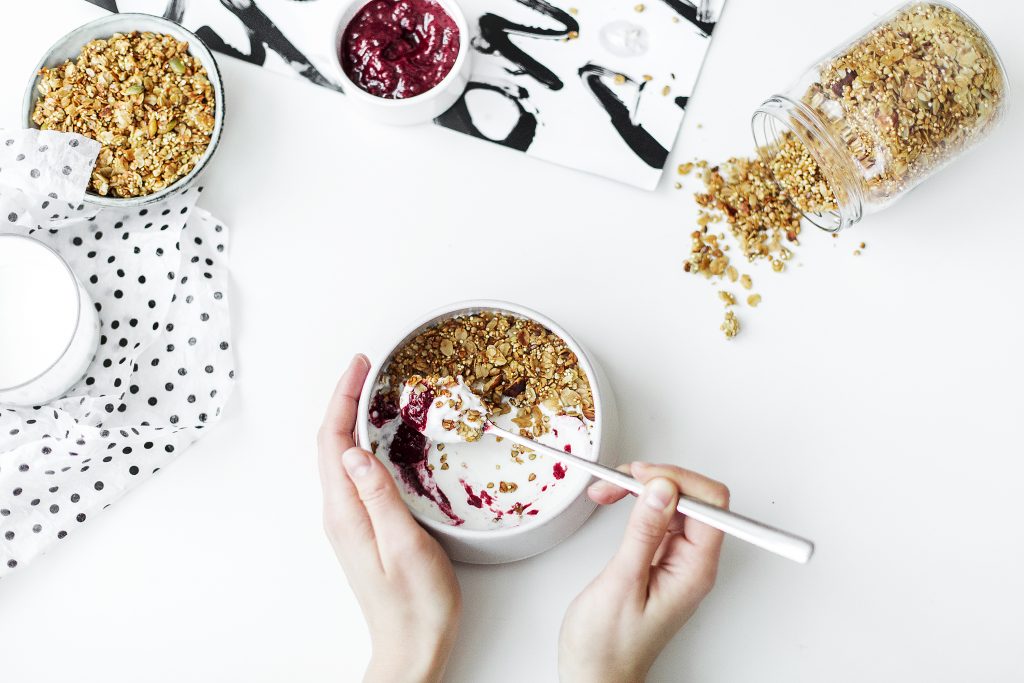
Oat Milk
Pros: The latest milk alternative to pick up steam, oat milk is what happens when you soak steel cut oats in water, pulverize the mixture, and then strain the contents. It’s a great source of fiber, which has been shown to lower blood sugar and cholesterol levels. Made from a grain, it also doesn’t have the nutty taste of cashew and almond milks. It has about 106 calories and 2 grams of protein per cup.
Cons: Very difficult to find in supermarkets.
So which is the best alternative?
The answer will be different for everyone. Each milk has different nutritional profile and texture. One might taste better in coffee, while another might work better in a recipe. Fortified soy milk is the closest thing to a dairy-free alternative to cow’s milk, but it’s not ideal for everyone. Check with a doctor if you’re planning on switching out cow’s milk long-term to make sure you’re getting enough protein, calcium, vitamin D and other nutrients. If you’re concerned about food allergies, a doctor should also be able to make a recommendation suited to your specific needs.
(h/t VegNews)
Also see, Here’s why you like the taste of milk and cookies so darn much.

